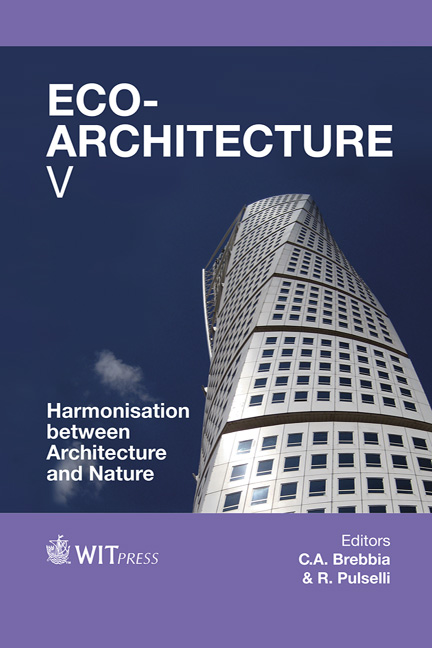Moorish Architectural Syntax And The Reference To Nature: A Case Study Of Algiers
Price
Free (open access)
Transaction
Volume
142
Pages
11
Page Range
541 - 551
Published
2014
Size
1,711 kb
Paper DOI
10.2495/ARC140461
Copyright
WIT Press
Author(s)
L. Chebaiki-Adli, N. Chabbi-Chemrouk
Abstract
The analogy to nature in architectural conception refers to anatomy and logical structures, and helps to ease and facilitate knowledge related to buildings. Indeed, several centuries ago, since Eugène Violet-le-Duc and its relationship to the botanic, to Phillip Steadman and its biological analogy, many studies have already facilitated the understanding and apprehension of many complex systems, about buildings in the world. Besides these morphological and structural aspects, environmental preoccupations are now imposing themselves as new norms and values and reintroducing the quest for traditional and vernacular know-how as an alternative to liveable and sustainable settlements. In Algiers, the exploration of traditional buildings, and Moorish architecture, which date from the 16th century, interested many researchers who tried to elucidate their social and spatial laws of coherence. An excellent equilibrium was in effect, set up, by a subtle union between local culture and environmental adaptability. It is in continuation of André Ravéreau’s architectonics’ studies that this paper will make an analytical study of a specific landscape, that of a ‘Fahs’, a traditional palatine residence situated at the extra-mural of the medieval historical town. This ‘Fahs’ constitutes an excellent example of equilibrated composition between architecture and nature. The objective of this study being the identification of the subtle conjugation between space syntax and many elements of nature, such as air, water and green spaces/gardens.
Keywords
Moorish architecture, space syntax, nature, horticulture phenomenon, green spaces and gardens, sky and solar, air, water





